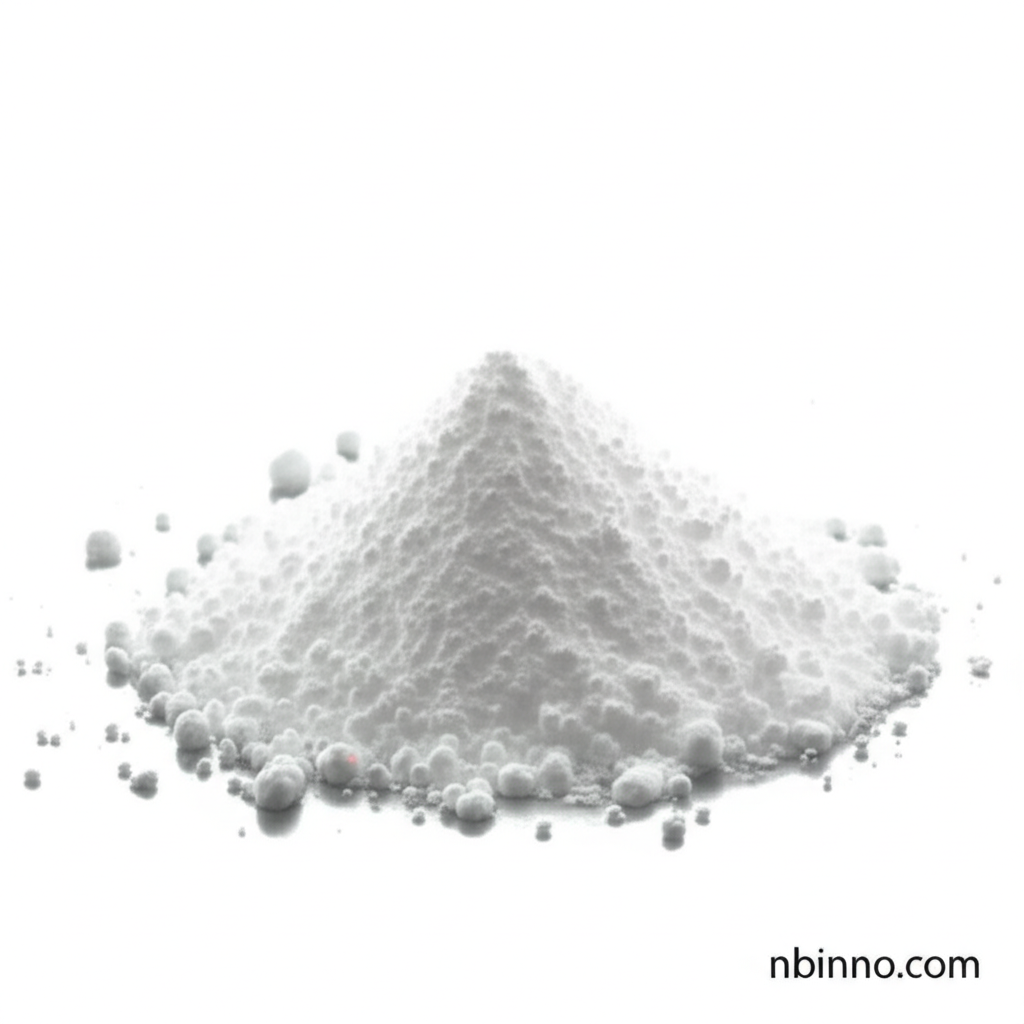High-Purity 4,4'''-Diamino-p-quaterphenyl: Synthesis, Properties, and Applications in Advanced Materials
Explore the cutting-edge applications and synthesis of this key organic electronic material.
Get a Quote & SampleProduct Core Value

4,4'''-Diamino-p-quaterphenyl
This advanced organic compound, characterized by its complex, highly branched structure, serves as a pivotal material in the realm of organic electronics and advanced chemical synthesis. Its unique arrangement of phenyl and amino groups dictates its superior performance characteristics.
- The synthesis of 4,4'''-diamino-p-quaterphenyl is primarily achieved through palladium-catalyzed cross-coupling reactions, a testament to modern organic synthesis techniques.
- With a high purity of 97% min, this triarylamine derivative offers exceptional thermal stability, making it ideal for demanding electronic applications.
- Its optoelectronic properties, including strong UV-vis absorption and photoluminescence, position it as a key component in OLED devices as a hole-transporting material.
- The compound's potential as a donor material in Organic Photovoltaics (OPVs) further highlights its versatility and importance in renewable energy technologies.
Advantages Offered by the Product
Enhanced Thermal Stability
Possessing excellent thermal stability, this material resists degradation at elevated temperatures, crucial for the longevity and performance of electronic devices, aligning with our expertise in advanced organic materials.
Superior Optoelectronic Performance
The compound's optoelectronic properties are significantly beneficial for OLED applications, offering efficient charge transport and light emission, as explored in detailed synthesis of OLED materials.
Versatile Chemical Intermediate
As a versatile chemical intermediate, it facilitates the creation of more complex organic molecules, supporting research and development in pharmaceuticals and other fine chemical sectors.
Key Applications
OLED Devices
Utilized as a hole-transporting material, offering superior performance compared to traditional alternatives, crucial for the development of next-generation OLED displays.
Organic Photovoltaics (OPVs)
Acts as a donor material in bulk heterojunction solar cells, contributing to higher power conversion efficiencies and advancements in solar energy technology.
Advanced Chemical Synthesis
Serves as a critical building block for synthesizing complex organic molecules, supporting innovation across various chemical industries.
Materials Science Research
Investigated for its potential in creating novel polymer composites and functional materials, pushing the boundaries of material science.
